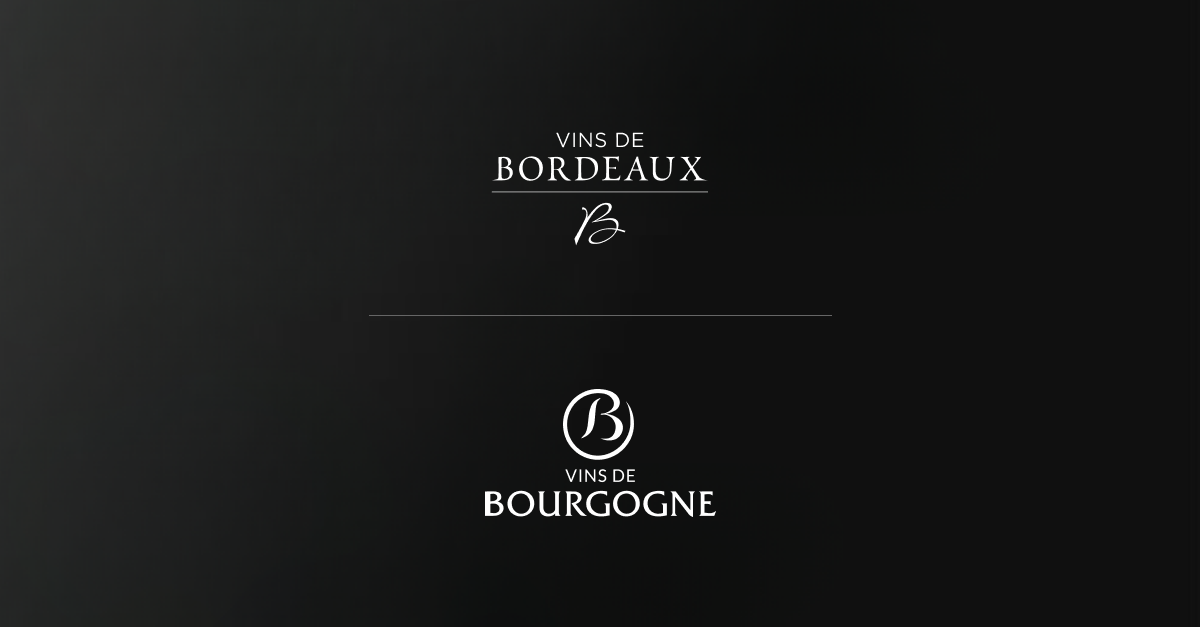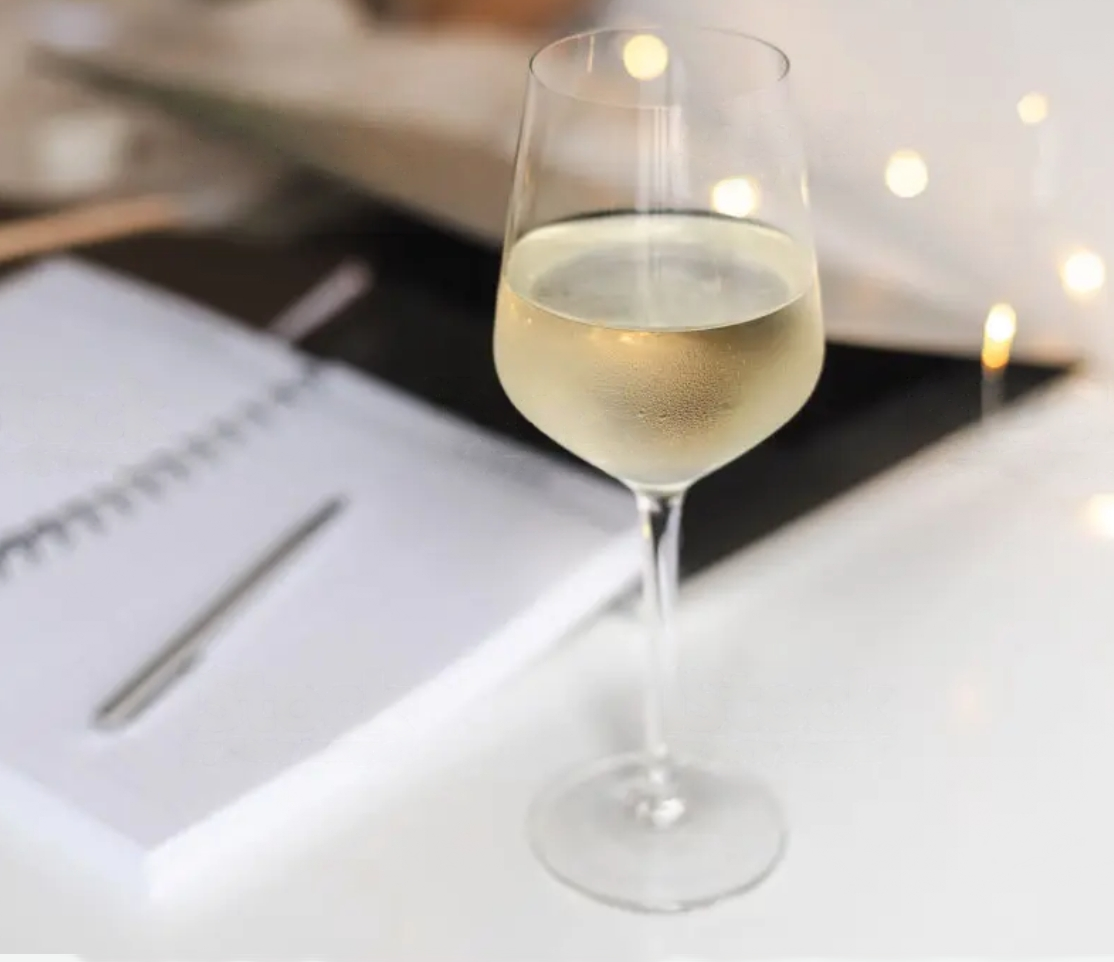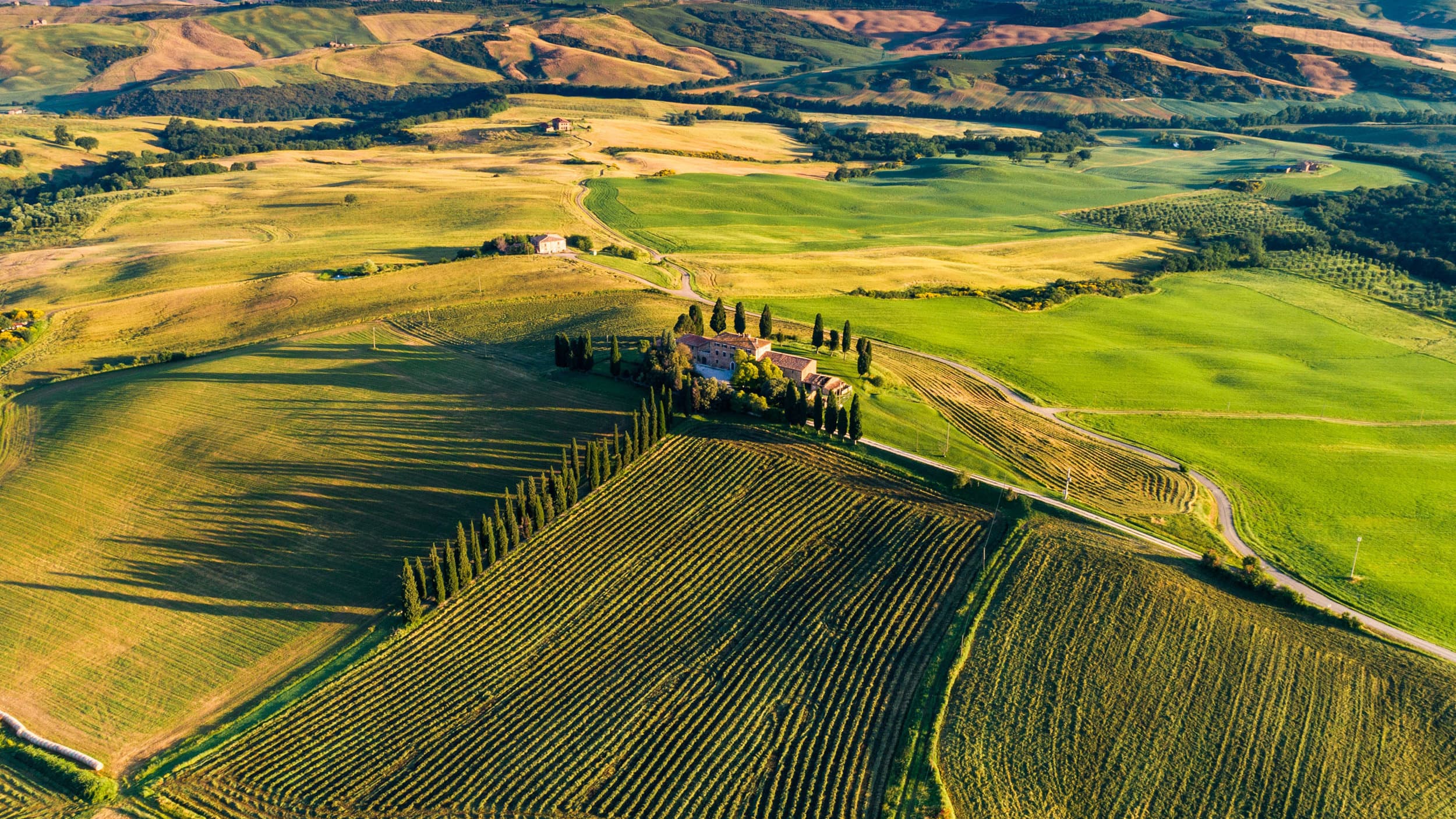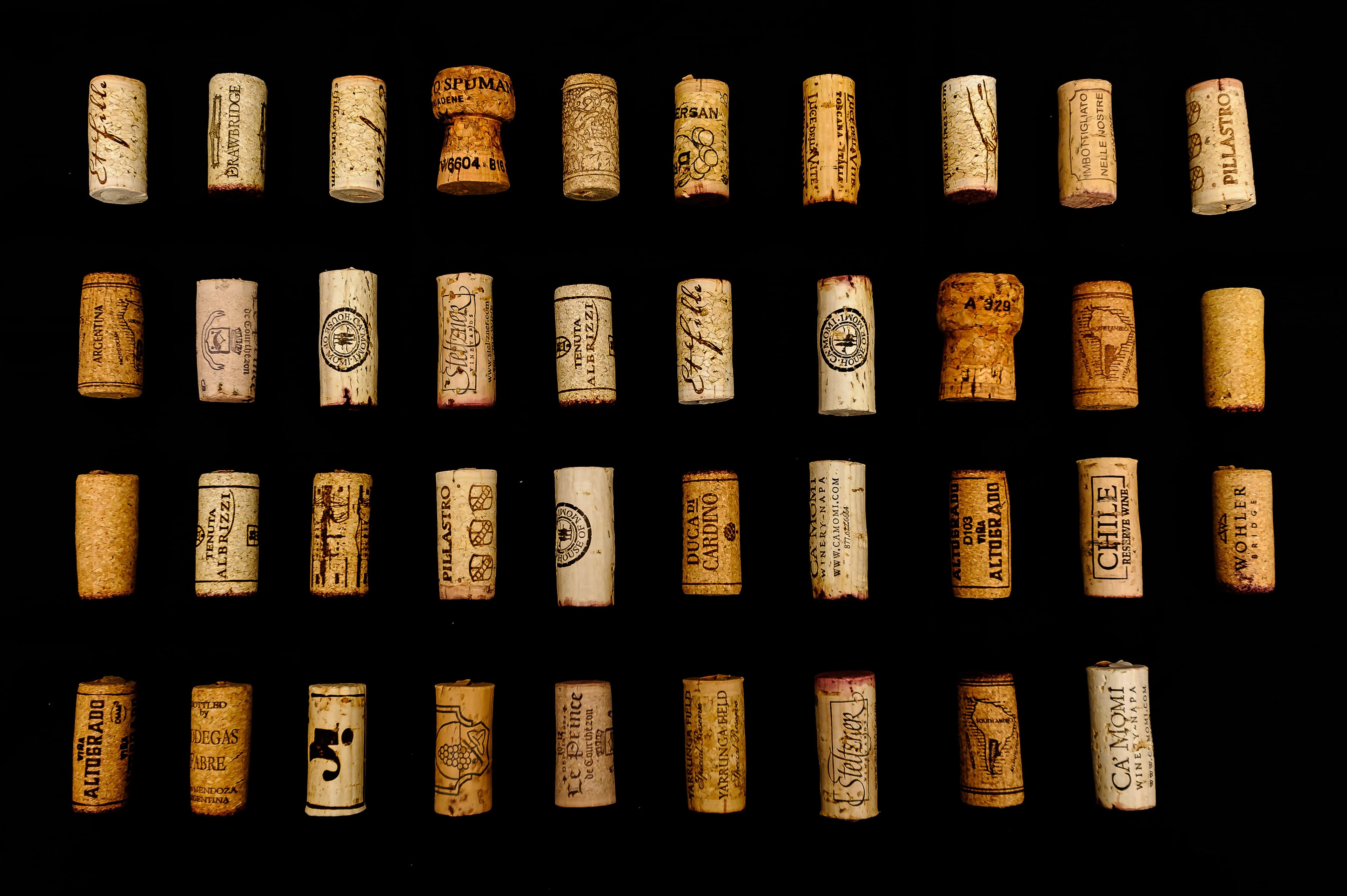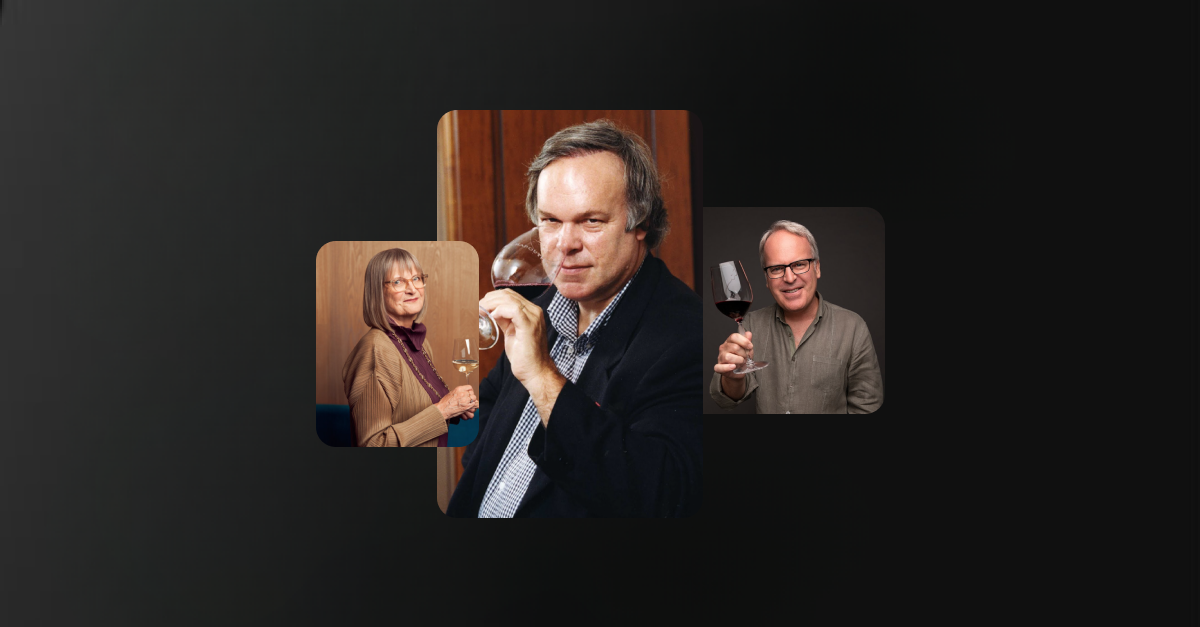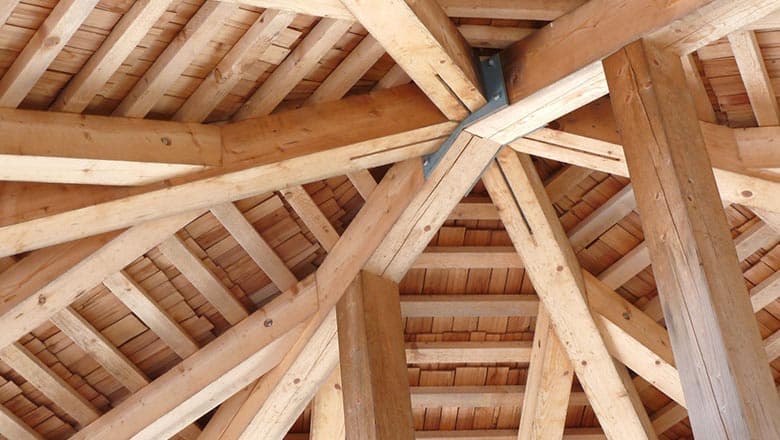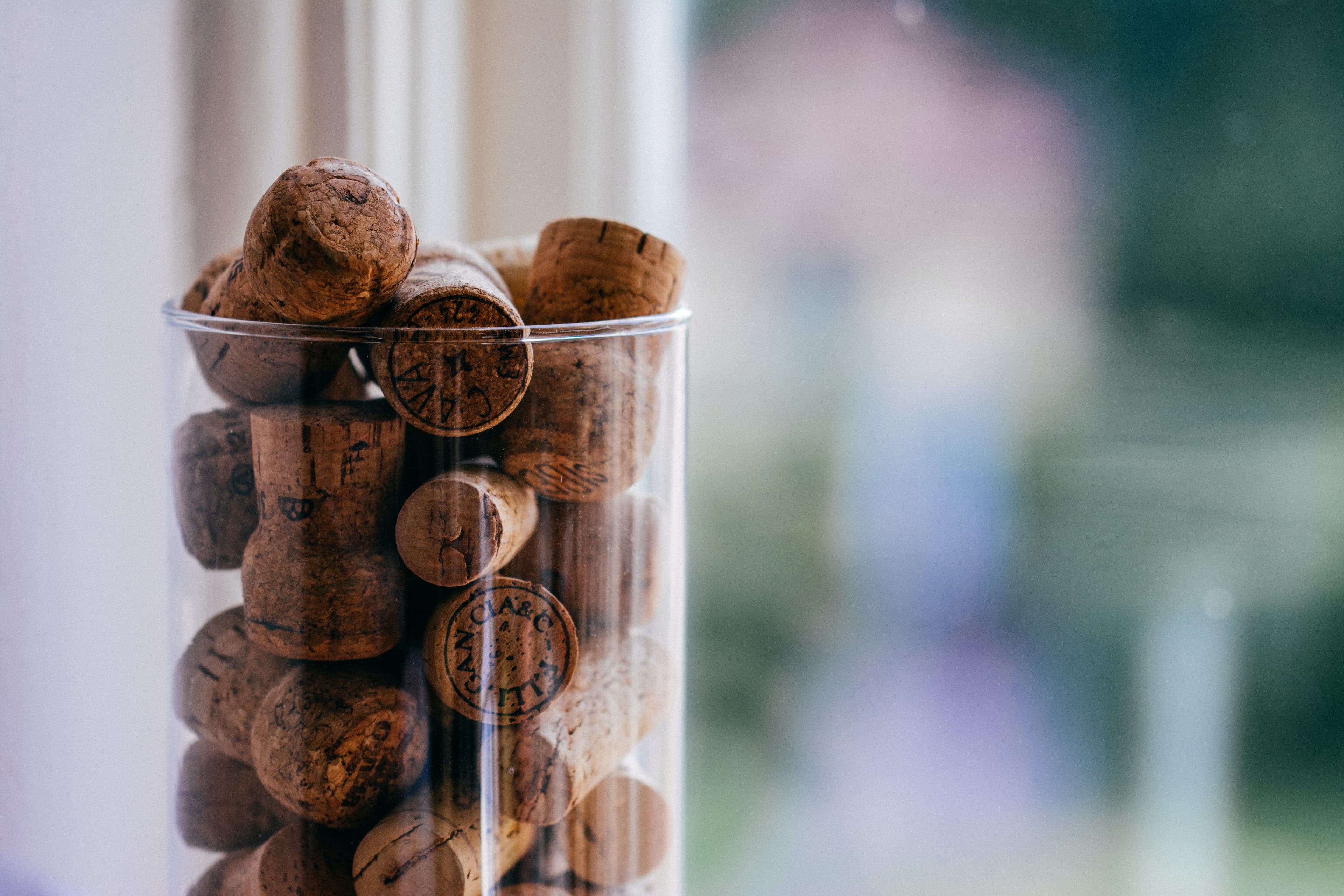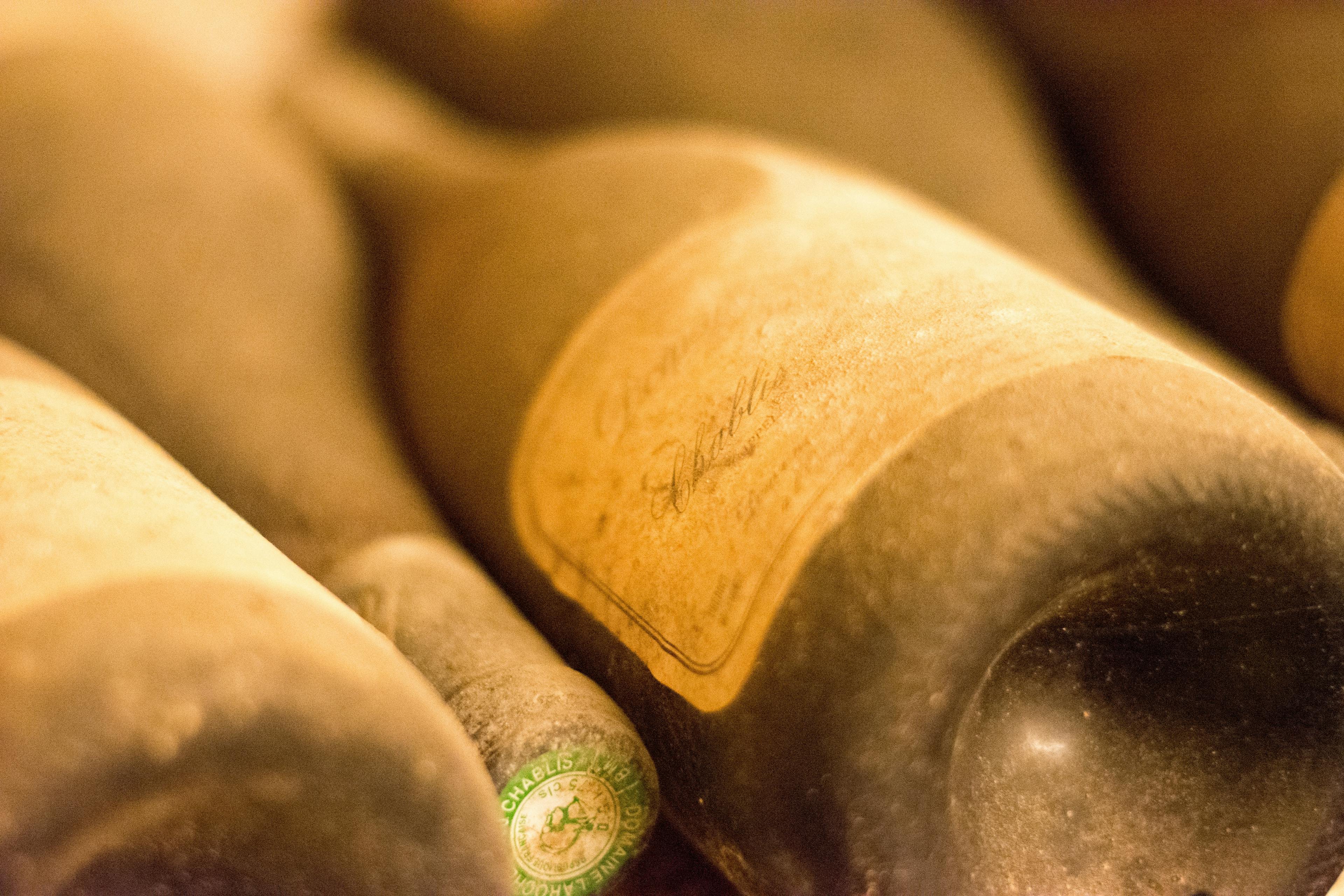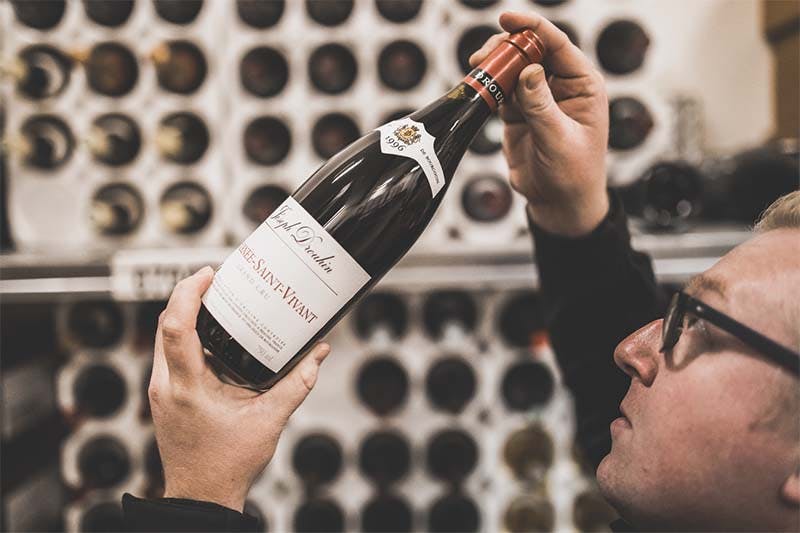
Discover the intricate flavors and rich heritage behind Louis Roederer, a name synonymous with luxury and quality in the world of sparkling wines. Known for its flagship Cristal, Louis Roederer has been a symbol of refinement and elegance since its establishment in 1776. This article delves into the sensory experiences offered by Louis Roederer, examining the nuances that make each sip a testament to its storied past and meticulous winemaking process. Whether you're a connoisseur or a casual enthusiast, understanding how Louis Roederer tastes can enhance your appreciation of fine champagne.
Flavor Profile of Louis Roederer Champagne
Exploring the flavor profile of Louis Roederer Champagne reveals a complex and refined experience that captivates the palate. This prestigious champagne, known for its rich history and exceptional quality, offers a symphony of tastes that are both unique and memorable. Each sip brings forward a blend of ripe fruits, creamy textures, and a hint of nuttiness, which is balanced by a vibrant acidity.
Fruitiness: Louis Roederer Champagne typically showcases a delightful array of white fruits like pears and apples, alongside hints of citrus. This fruit-forward character is complemented by subtle notes of red berries, particularly when tasting their rosé variants.
Richness: A creamy mouthfeel is another hallmark of this esteemed brand. The use of oak aging imparts a silky texture that envelopes the taste buds, enhancing the overall sipping experience.
Complexity: Layers of complexity are evident with each taste. From floral undertones to a slight minerality, the depth of flavors continues to evolve in the glass, making it a favorite among connoisseurs.
Finish: The finish is long and persistent, with a crispness that refreshes the palate, urging another sip.
For more intriguing facts about Louis Roederer, exploring its detailed history and production methods can provide deeper insight into why this champagne stands out in the world of fine wines.
The Influence of Terroir on Louis Roederer's Taste
The influence of terroir on Louis Roederer's taste is profound, shaping the unique characteristics that define this esteemed Champagne. Terroir refers to the environmental conditions, especially soil and climate, in which grapes are grown. This concept is particularly significant in the Champagne region of France, where Louis Roederer is based.
Soil Composition: Louis Roederer benefits from a rich variety of soils, including chalk, clay, and limestone. These components contribute to the mineral quality of the wine, enhancing its complexity and depth.
Climate: The cool, consistent climate of the region ensures slow, steady ripening of grapes. This gradual process allows for the development of subtle flavors and aromas that are crucial for a refined sparkling wine.
Vineyard Location: Specific plots are carefully selected for their ability to produce grapes that meet the high standards of Louis Roederer. The location of these vineyards affects the exposure to sunlight and the drainage of rainwater, further influencing the grape quality.
Each of these factors plays a vital role in crafting the distinctive taste profile for which Louis Roederer is renowned, making each sip a reflection of the land from which it originates.
Aging Impact on the Taste of Louis Roederer
Aging significantly influences the taste profile of Louis Roederer, enhancing its complexity and depth. As this champagne matures, its flavors evolve from fresh, fruity notes to richer, more nuanced tones. Initially, you might detect vibrant hints of apple and citrus. Over time, these give way to subtler notes of almond, toast, and honey due to the yeast interactions during the aging process.
The texture also becomes creamier, and the color deepens slightly, reflecting the extended contact with the lees. This evolution makes aged Louis Roederer an excellent candidate for sophisticated food pairings, as the complex flavors can complement a wide range of dishes. Here are a few ideal matches:
Seafood: Particularly oysters and lobsters, which echo the wine's crispness and depth.
Poultry: Roasted chicken or turkey can balance the champagne's richness with their succulent textures.
Cream-based sauces: Enhance the silky mouthfeel of aged Louis Roederer.
Mature cheeses: Such as Comté or aged Gouda, which match the intensity of the wine.
Each pairing brings out different facets of Louis Roederer, making every sip a discovery of new tastes and aromas.
Sensory Characteristics: Aroma and Bouquet
Exploring the sensory characteristics of Louis Roederer, particularly its aroma and bouquet, reveals the depth of craftsmanship involved in its creation. This prestigious champagne is renowned for its complex, nuanced scents that entice the senses even before the first sip. The aroma of Louis Roederer often features a vibrant blend of ripe fruits and subtle toasty notes derived from its aging process in oak barrels.
Fruity Notes: Expect hints of apple, pear, and sometimes citrus, which provide a fresh, invigorating start.
Floral Undertones: Delicate floral notes, including white blossoms and a touch of rose, add elegance and depth to the bouquet.
Nutty Accents: As the champagne matures, aromas of almond and a faint hint of vanilla emerge, enriching the overall sensory experience.
Yeasty Complexity: The traditional method of fermentation imparts rich, bready tones that are both comforting and sophisticated.
Each element is carefully balanced, ensuring that the initial allure of the aroma seamlessly transitions into a full-bodied taste experience. This intricate layering is a testament to the meticulous attention to detail during the production process.
Comparing the Taste of Different Louis Roederer Vintages
Exploring the taste profiles of various Louis Roederer vintages reveals a fascinating journey through the nuances of champagne making. Each vintage of Louis Roederer offers a unique flavor profile, influenced by the specific conditions of its harvest year. For instance, the 2008 Cristal is renowned for its precise balance and depth, featuring a robust structure complemented by a lively acidity. On the other hand, the 2012 vintage typically showcases more floral and fruity notes, making it distinctly aromatic and palatable.
When tasting different vintages, enthusiasts often note the evolution in complexity and the refinement of bubbles. The 1996 vintage, highly praised for its exceptional maturity, delivers rich, toasted aromas alongside a silky texture. Comparatively, more recent releases might exhibit fresher, more vibrant characteristics.
To fully appreciate the subtleties of each vintage, it is crucial to serve them properly. Temperature and glassware can dramatically affect the tasting experience. Here are a few tips:
Chill the champagne to about 8-10°C before serving.
Use a tulip-shaped glass to enhance aroma release.
Allow the champagne to breathe for a few minutes after opening.
By adhering to these guidelines, the distinct qualities of each Louis Roederer vintage can be thoroughly enjoyed, providing a delightful and enriching sensory experience.
The Balance of Acidity and Sweetness in Louis Roederer
The balance of acidity and sweetness in Louis Roederer is a hallmark of its sophisticated profile, making it a favorite among champagne enthusiasts. This exquisite equilibrium ensures that each sip delivers a harmonious blend of flavors, enhancing the overall experience of enjoying this prestigious beverage. The acidity in Louis Roederer is crisp and invigorating, cutting through the sweetness to prevent it from becoming cloying. This sharpness is derived from the high-quality grapes grown in the mineral-rich soils of Champagne, France.
Acidity: Originates from the tartness of the grapes, which is preserved through careful temperature control during fermentation.
Sweetness: Comes from the dosage stage, where a mixture of wine and sugar is added before the final corking, balancing the acid.
Harmony: Achieved by aging the champagne for several years, allowing the characteristics to meld perfectly.
This careful process ensures that each bottle of Louis Roederer offers a delightful complexity, making it not just a drink, but a luxurious experience.
Mouthfeel and Texture of Louis Roederer Champagne
The mouthfeel and texture of Louis Roederer Champagne are distinguished by their refined effervescence and silky texture, making each sip a luxurious experience. This renowned champagne house emphasizes the quality of its grapes, which is evident in the delicate balance and depth of flavors present in the glass. The bubbles are fine and persistent, contributing to a creamy mouthfeel that enhances the overall tasting experience.
Effervescence: Louis Roederer champagnes are celebrated for their lively, energetic bubbles that gently cleanse the palate and stimulate the senses.
Silkiness: The texture is notably smooth, almost silky, which allows the complex flavors to unfold beautifully in the mouth.
Balance: Each sip offers a harmonious blend of acidity and sweetness, ensuring that no single element overwhelms the others.
Depth: The champagnes exhibit a profound depth of flavor, thanks to the meticulous selection of grape varieties and the masterful blending of popular vintages.
These characteristics are a testament to the craftsmanship and heritage of Louis Roederer, making it a favorite among champagne enthusiasts worldwide.
Aftertaste and Finish of Louis Roederer
The aftertaste and finish of Louis Roederer champagne are renowned for their complexity and enduring appeal. When sipping this prestigious beverage, one can expect a lingering sensation that is both crisp and harmonious. The finish often leaves a subtle hint of almond, paired with nuances of white fruits and occasionally a touch of toast. This refined aftertaste is the result of meticulous production processes and a deep understanding of winemaking tradition.
Persistence: Louis Roederer's finish is notably persistent, staying on the palate long after the liquid has been swallowed. This persistence is a hallmark of its quality and craftsmanship.
Complexity: Each sip reveals multiple layers of flavors, evolving from initial vibrant fruitiness to a rich, creamy texture.
Balance: The balance between acidity and sweetness is finely tuned, ensuring that the aftertaste is never too sharp or overly sweet, but just right to enhance the overall drinking experience.
For those interested in the deeper aspects, such as the history of Louis Roederer, understanding these subtleties can greatly enrich the tasting experience. Each bottle tells a story of heritage and artistry, reflected not just in the taste but in the memorable finish that it leaves behind.
How Louis Roederer Evolves with Time in the Glass
When you first pour Louis Roederer into a glass, its initial aromas are often crisp and vibrant, showcasing citrus and white flowers. As the champagne sits, it begins to unfold, revealing deeper, more complex notes. The evolution in the glass is a testament to its quality and the meticulous production process behind it. Over time, hints of toasted almonds, baked pastry, and dried fruits emerge, enriching the tasting experience.
Temperature Impact: As the champagne warms slightly from the typical serving temperature, its bouquet becomes more pronounced. The subtle increase in temperature allows the layers of aroma and flavor to expand.
Oxidation Effects: With exposure to air, oxidation begins to alter the profile of the champagne. This can add a richness to the flavor, sometimes bringing out a slight nuttiness that is highly prized among connoisseurs.
Time Duration: The longer Louis Roederer is allowed to breathe, the more it develops a rounded, complex character. However, to maintain its distinctive qualities and ensure optimal taste, it is crucial to store it properly before opening.
Each of these factors contributes to the dynamic experience of enjoying a glass of Louis Roederer, making each sip slightly different from the last.
Conclusion
In conclusion, the taste of Louis Roederer Champagne is a testament to the rich heritage and meticulous winemaking process that defines this esteemed label. Each sip offers a complex blend of flavors, from crisp apple and pear to rich brioche and delicate almond, underscored by a vibrant acidity and fine, persistent bubbles that make it a favorite among connoisseurs and casual drinkers alike.
For those looking to invest in Louis Roederer, whether for personal enjoyment or as a valuable addition to a wine collection, Rekolt provides an ideal platform. Not only can you purchase this exquisite champagne, but you also have the option to store it in a professional cellar. This service ensures that your wine is kept in optimal conditions, preserving its quality and enhancing its potential resale value. With Rekolt, trading and reselling fine wines like Louis Roederer becomes a seamless and secure process, offering both convenience and confidence to wine enthusiasts and investors. Whether you're expanding your personal collection or engaging in the dynamic world of wine trading, Rekolt supports your passion with expert care and top-tier services.
Share this article
